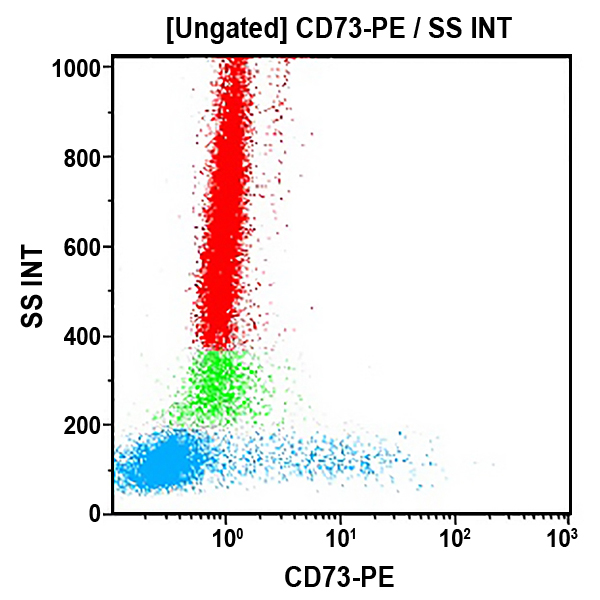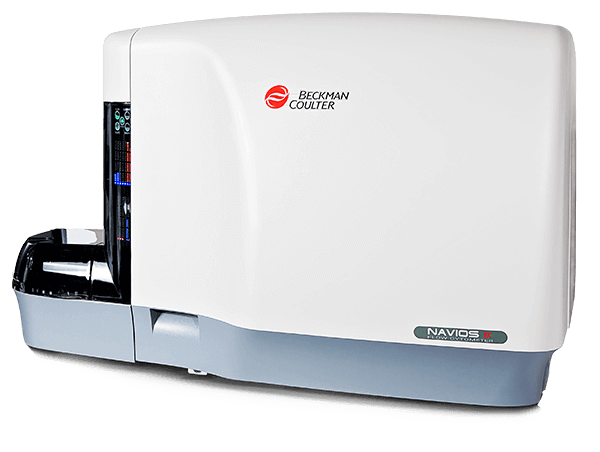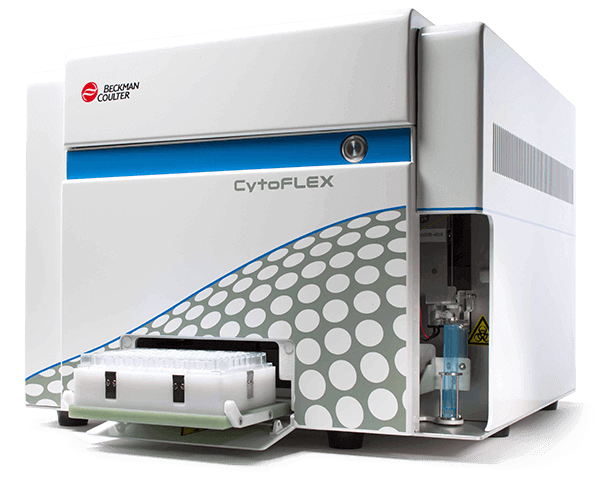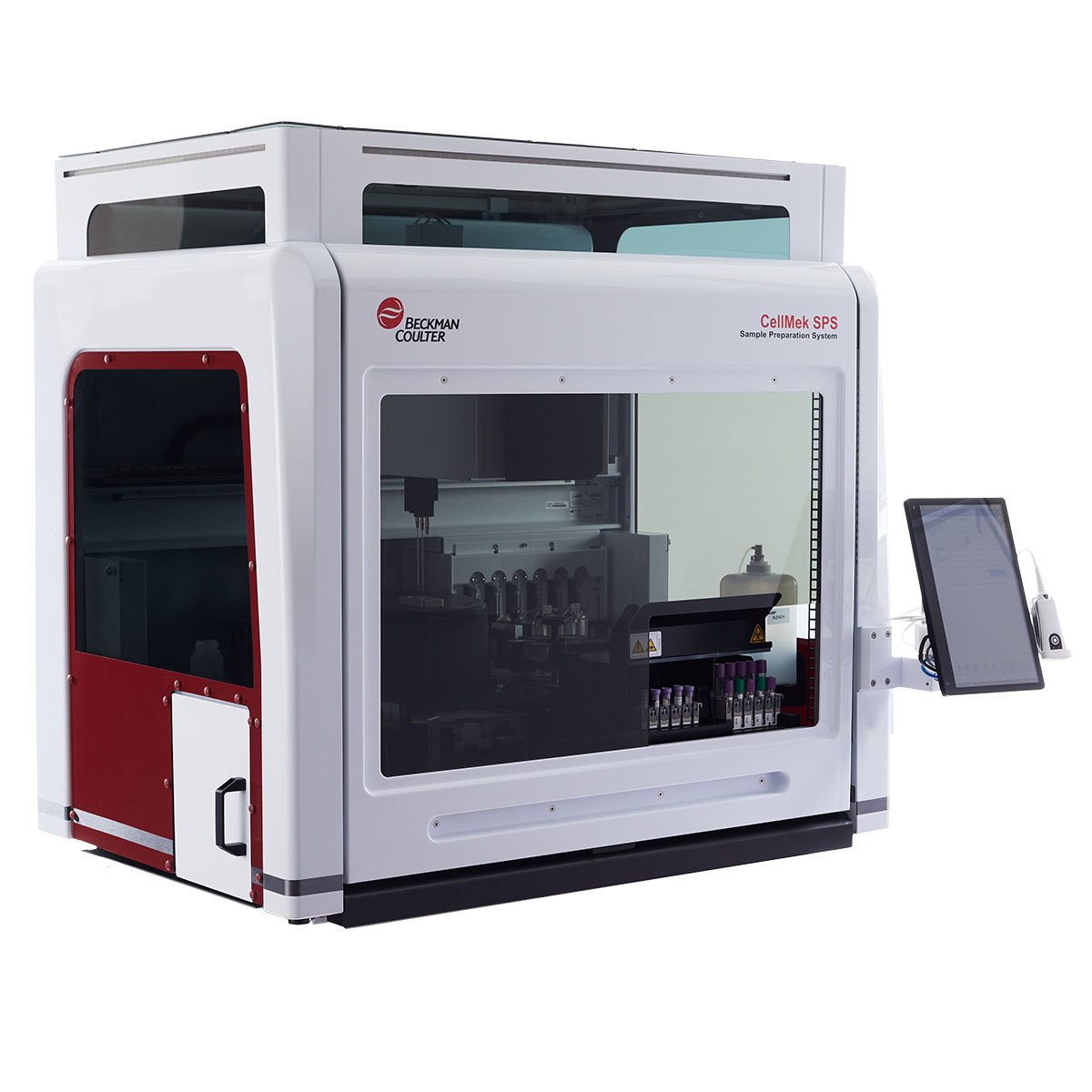CD73 Antibodies
CD73 is a 5’-nucleotidase anchored to the membrane by a glycosylphosphatidylinositol (GPI) structure. It catalyzes the dephosphorylation of purine and pyrimidine ribo- and deoxyribonucleoside mono phosphates to their corresponding nucleosides. CD73 is a dimer of two identical 70 kDa subunits. A soluble form of CD73 can be shed from the membrane through proteolytic cleavage or hydrolysis of the GPI anchor by phosphatidylinositol-specific phospholipase. CD73 is expressed on subsets of T and B cells, follicular dendritic cells and on epithelial and endothelial cells. CD73 regulates the availability of adenosine by converting AMP to adenosine. The expression and function of this enzyme are upregulated under hypoxic conditions, as well as by the presence of several pro-inflammatory mediators, such as TGF-β, IFNs, TNF-α , IL-1 β and prostaglandin E2. CD73 can transmit activation signals to T cells and mediates adhesion of lymphocytes to follicular dendritic cells and endothelial cells. The CD73/adenosine pathway is a potent additional suppressive pathway of Treg cells and also confers a suppressive anti-inflammatory function on the uncommitted primed precursor Thpp cell type.
| Clone: AD-2 | Isotype: IgG1 Mouse |






